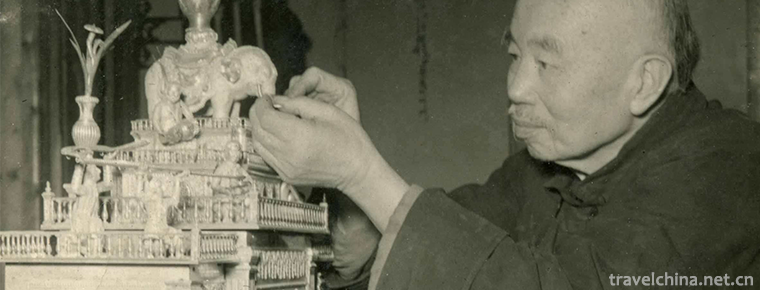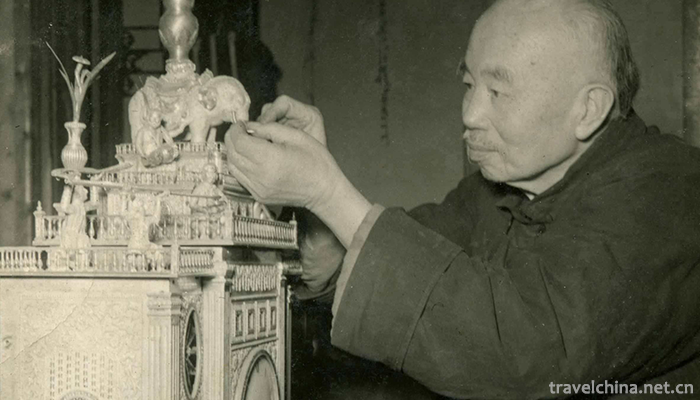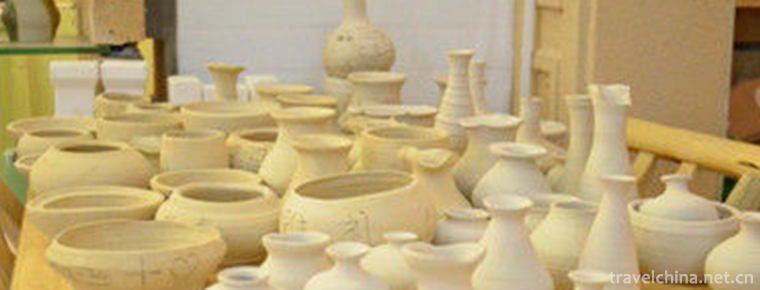2018-12-05

- By ChinaWiki.net
- Chinese Edition
- 2019-05-01
Ancient Clock Repair Skills
Behind the Cining Palace in the Palace Museum of Beijing, there is a row of red pillars and grey tiles. A group of "craftsmen" have been dealing with the treasures of the deep palace from time to time in this tranquility. Among them, Wang Jin and Zhang Haonan's ancient clockwork repair technique is the only feat of the Palace Museum without fault in more than 300 years. In December 2014, this skill was listed in the fourth batch of national intangible cultural heritage list. If the calculation begins after the founding of the People's Republic of China, Wang Jin is the third generation of inheritance of ancient clocks and watches restoring non-legacy skills, while Haonan is the fourth generation.
A clocks and watches to be repaired need to be photographed, recorded and repaired. After disassembly, cleaning, repairing, assembling and debugging, the clocks and watches can be stored in the warehouse until they are in normal operation. Relatively simple repairs of ancient clocks and watches often lasted several months, and difficult ones even had to be repaired intermittently for one year. Wang Jin sat in his office every morning for eight to five days, dealing with dusty cultural relics for decades.
On this day, Wang Jin carefully photographed a "tortoise tower with silver and bronze flower clock" from all angles, then removed its label, picked out the protective cotton wadding bit by bit, and studied the scheme that could make it work again. His apprentice, Haonan, stood beside him, and wrote on his palace museum cultural relics restoration and protection voucher: gluing the shell, restoring the function of the machine parts.
At the age of 35, Haonan has been in the palace for more than 10 years. In less than five years, Wang Jin will reach the retirement age. Outside, some organizations have thrown high-paid olive branches to Wang Jin. "You can't live without it! I've been here for almost half my life, and I want to continue to pass on the repair techniques here. Wang Jin told reporters with a smile that he did not stop his work when he spoke.
In the afternoon, the clocks and watches hall in Fengxian Palace of the Palace Museum, where the awakened memory of the time of the Palace Museum meets the world. By contrast, the clocks and watches in Xisanli are so quiet that the sun shines through the white blinds, tweezers and watchcore parts are rubbed gently, and the craftsmen are pursuing the echo of history here.

Ask a Question
Your email address will not be published.



0 Questions